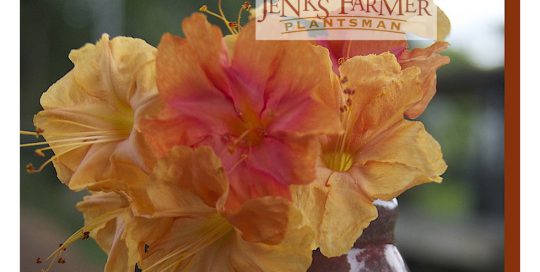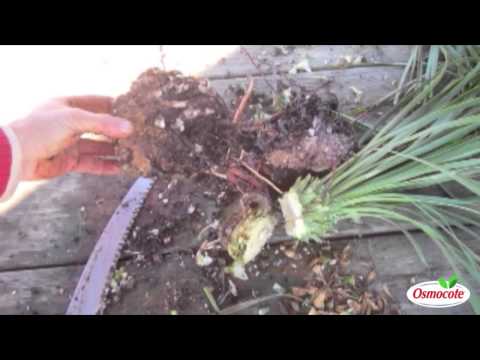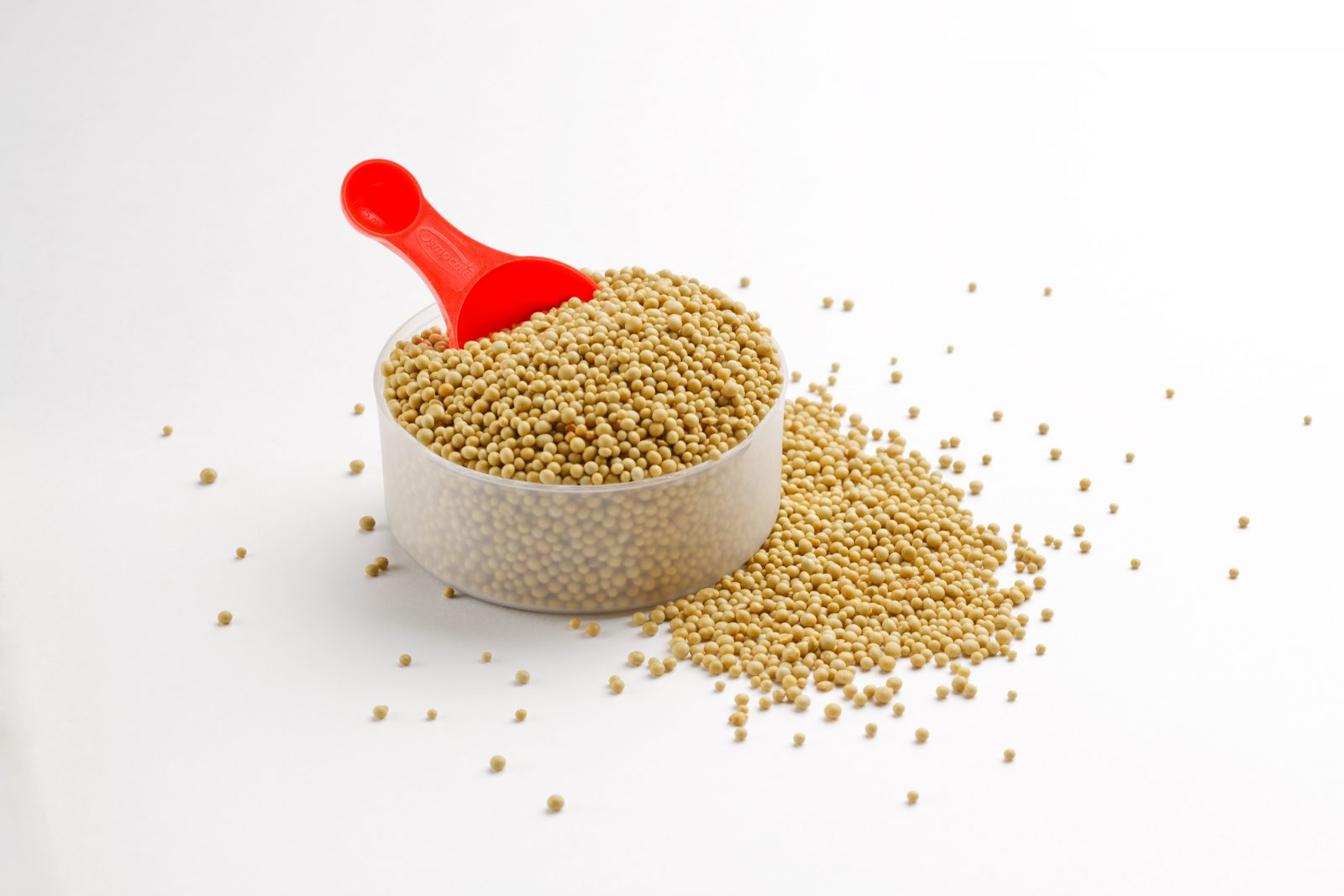Taking Notes in the Garden
Views: 4883
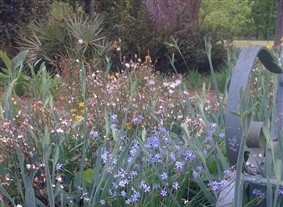
How do you take notes on your plants and garden? Do you?
I have a special new note taking assistant! In a botanical garden, as Moore Farms Garden is, this is a critical part of our job.
Garden Notes
In the picture above, you’ll see two different Sisyrinchium (Blue Star Grass). Amazingly different! One is S. palmifolia with large, iris like leaves and yellow flowers not yet open. One is S. unknown… for the moment. But in reviewing my records, I see that I collected it roadside in Sumter, SC in 2008. Also, that a botanist from USC Herberium suggested that it is S. atlanticum.
And I can see in my notes the flower date, propagation method, the photos and lots of other info.
Detailed record keeping, in a system that will live on after the gardener is long gone, makes ours a botanical collection database. We even record who we give plants to. Today, Chris Spearen and James from Riverbanks Botanical Garden took lots special things to Columbia!
We use the best database program (Filemaker) amended to our needs by Hunter Desportes. Most importantly, we put great information in it.
About that assistant? He is a Philips Voicetracer 600 that downloads my voice notes into iTunes so I can email them to people.
Looking Great This Week
Baptisia Purple Smoke and Carolina Moonlight In full flower. We have a new one that I dont really love though….Midnight Prairie Blues….the color isnt brilliant. But, its my first year, maybe I just need to figure out how to use it.
Sisyrinchium Suwannee is a no fail plant! Lots of other commercially available ones die!
Eucomis Sparkling Burgundy and a new Katie sending up purple noses.
Leymus Blue Dune was glowing in morning sunlight today.
Whats the Work?
I scattered Osmocote over all of my crinum in the gardens last week. And a few little new things got a shot too.
Liquid feed all the new summer annuals – a bit of liquid feed, with a drop of Superthrive, will help things settle in and be ready to grow when heat comes!
Meet Jenks Farmer
Jenks's Recent Posts
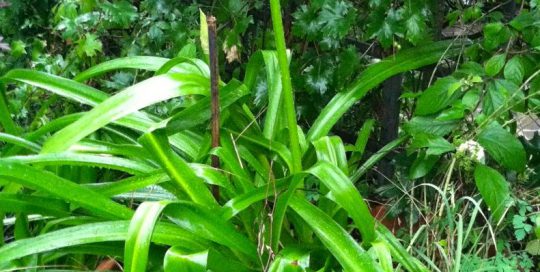
Beans: A Nurse Crop for Perennials
